The Best AI Models : A Deep Dive into Cutting-Edge Innovations
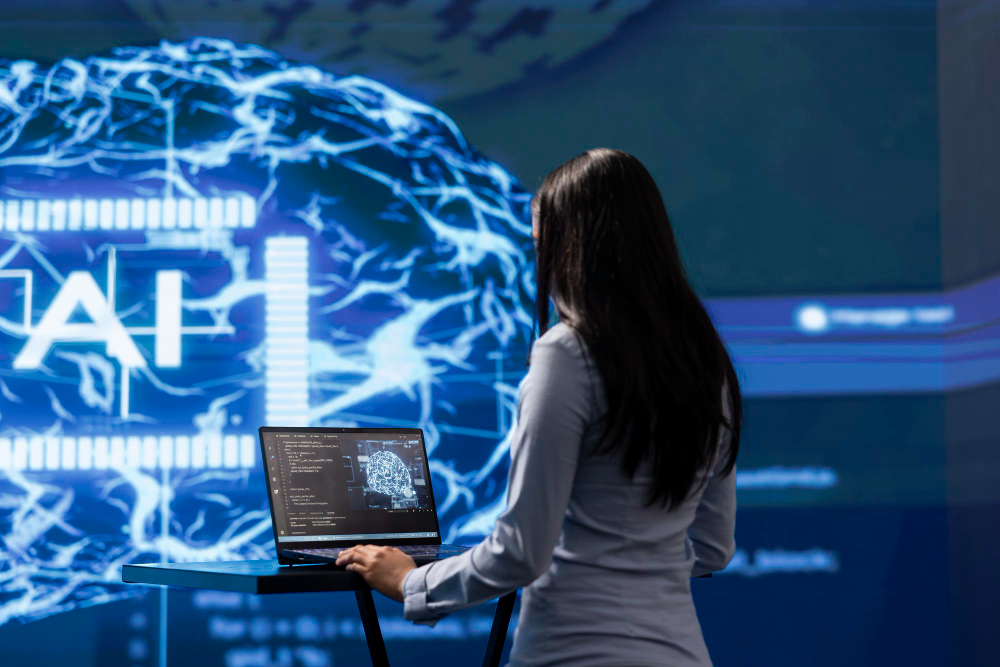
The competition to create the most advanced artificial intelligence (AI) systems is only getting stronger. Around the world, businesses and researchers are expanding the realm of what is feasible, with new discoveries appearing almost every year. However, with the rapid improvements in AI, it might be challenging to stay up to date. As leading figures in their fields, a number of AI models demonstrate ground-breaking developments in generative art, natural language processing (NLP), and other fields. This blog explores the most noteworthy AI models of the year, emphasizing their special features, capacities, and possible effects.
Sora AI: Crafting Stories through Video Generation
An inventive AI model called Sora AI is adept at creating films from written descriptions. Sora AI’s advanced algorithms enable it to seamlessly integrate complex storylines into visual tales, freeing users from the requirement for highly technical expertise to produce engaging video content.
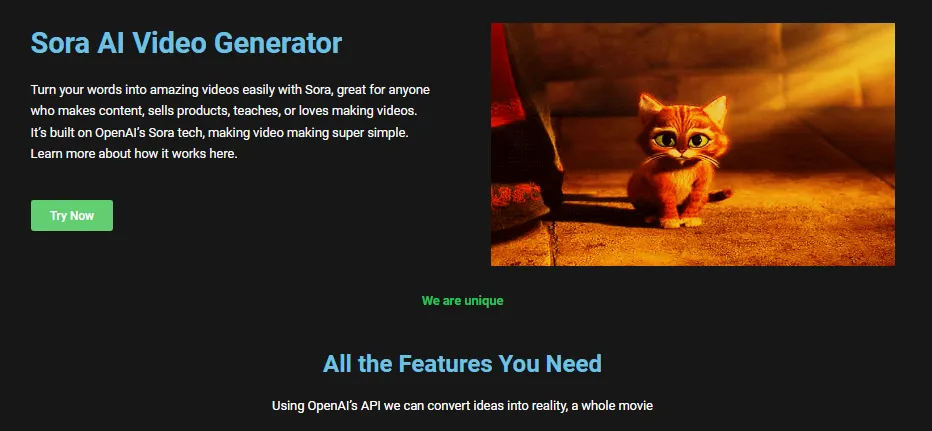
Key Features and Innovations
Text-to-Video Generation: Sora AI transforms written narratives into animated videos, bringing stories to life with visual elements. This feature is particularly useful for content creators, educators, and marketers looking to produce engaging video content quickly and efficiently.
Creative Flexibility: The model supports a range of styles and themes, allowing users to tailor videos to specific audiences or purposes. Whether it’s for entertainment, education, or advertising, Sora AI offers a versatile platform for video creation.
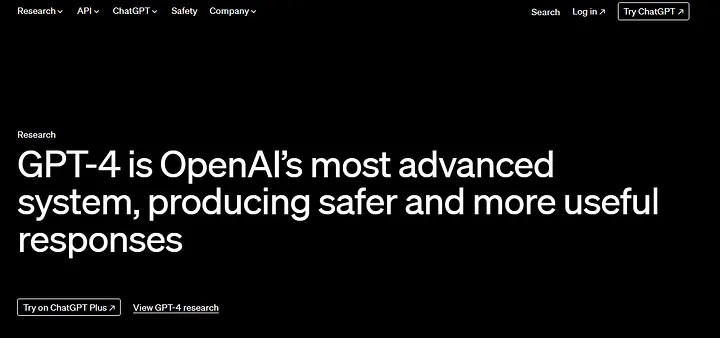
Enhanced Language Understanding:GPT-4 produces more correct and logical responses since it exhibits a profound understanding of the context, variations, and subtleties in text.
Versatility: It excels in a variety of tasks, including translation, summarization, and question-answering, making it a valuable asset across industries.
GPT-4: OpenAI's Powerhouse Language Model: Redefining Text and Code Processing
GPT-4, the most recent language model from OpenAI, keeps raising the bar for code creation and natural language processing. In addition to its remarkable capacity for understanding and creating text that resembles that of a person, GPT-4 is also highly proficient in programming languages, providing developers with an effective instrument for automating code-related duties. This model pushes the limits of artificial intelligence (AI) and offers creative solutions in a variety of fields, such as software development, content creation, and customer assistance.
Llama 3: Scaling AI with Meta's Cutting-Edge Infrastructure
Meta’s Llama 3 represents a significant leap in large language models, leveraging one of the most advanced AI infrastructures globally. It is built on Meta’s new AI clusters, each equipped with 24,576 Nvidia H100 GPUs, enabling it to handle complex language tasks with greater efficiency and accuracy.
Scalability: Llama 3 is designed to scale efficiently, supporting large-scale NLP tasks and complex model training.
Advanced Infrastructure: Meta’s AI clusters provide robust computational power, enhanced storage solutions, and optimized networking, ensuring high performance and reliability.
Impact: By pushing the boundaries of what is possible with large language models, Llama 3 is paving the way for more sophisticated AI-driven applications in fields such as natural language processing, speech recognition, and content generation.
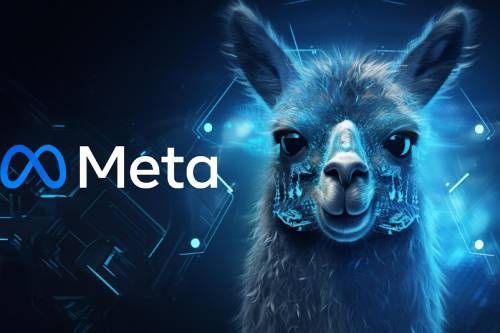
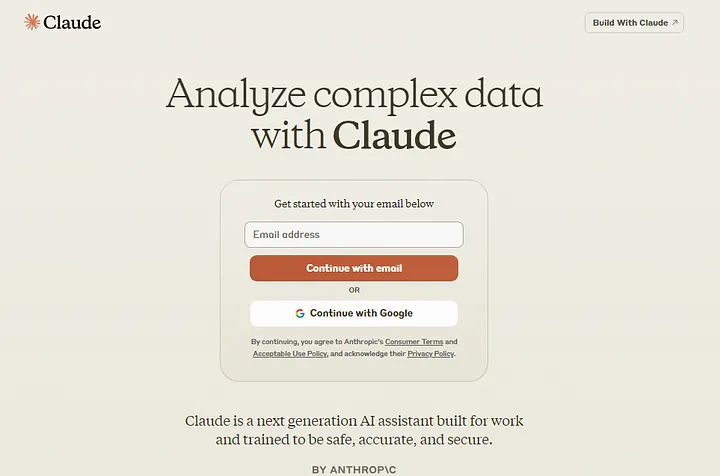
Claude 3: Advancing General Intelligence with Ethical AI
Anthropic’s Claude model emphasizes safety and alignment, addressing some of the ethical concerns surrounding AI development. Named presumably after Claude Shannon, a pioneer in information theory, this model is designed to be more interpretable and controllable, enhancing user trust and transparency.
Alignment and Safety: Claude prioritizes ethical AI practices, focusing on ensuring that AI behaviors align with human values and intentions.
Key Features
Interpretable Outputs: The model is engineered to provide more understandable outputs, helping users to better grasp how decisions are made.
Impact: Claude’s focus on ethical considerations is crucial to building public trust in AI technologies. Its design principles are particularly relevant for applications in sensitive areas such as healthcare, finance, and legal services.
PaLM 2: Multimodal Mastery from Google
Google’s PaLM 2 stands out for its multimodal capabilities, seamlessly integrating text, images, and speech. This model excels in multilingual understanding, making it an indispensable tool for global applications.
Multimodal Integration: PaLM 2 can process and interpret multiple types of data, enhancing its utility in diverse applications.
Multilingual Proficiency: The model supports numerous languages, providing robust language support across different regions and cultures.
Impact: PaLM 2’s ability to handle diverse data types and languages makes it an ideal choice for global businesses looking to deploy AI solutions in international markets. Its versatility enhances user experiences by providing more holistic and contextually aware responses.
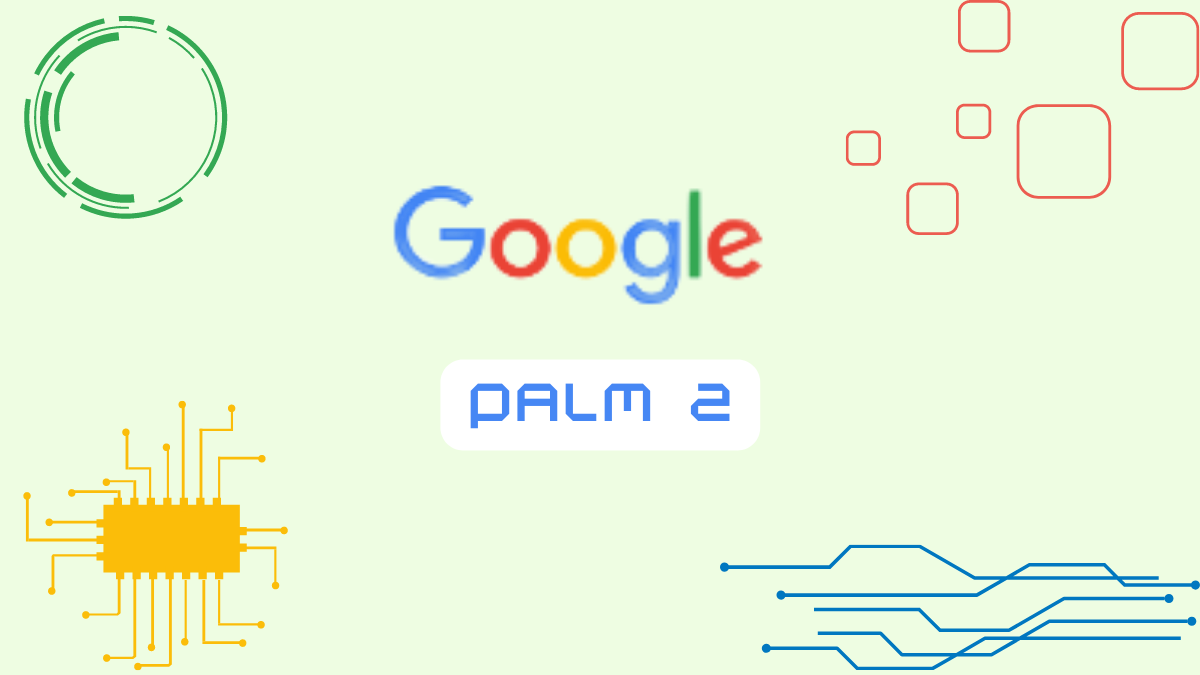
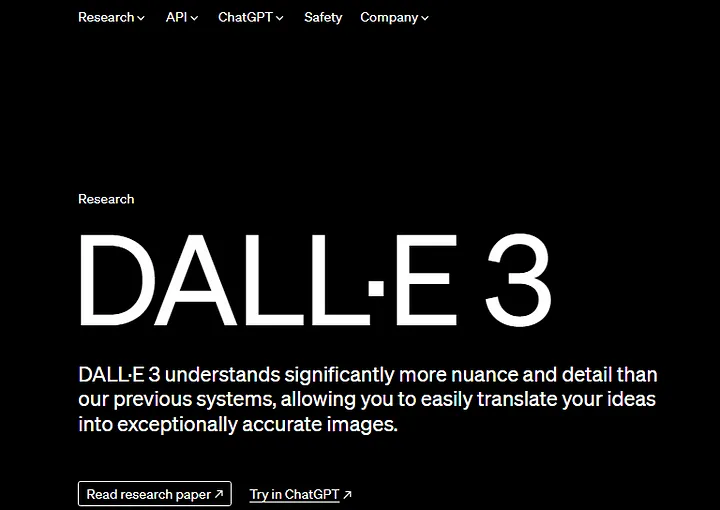
DALL-E 3: Using AI to Drive Image Generation to Unlock Creative Potential
DALL-E 3, a potent artificial intelligence tool from OpenAI, is capable of producing complex and eye-catching graphics merely from word descriptions. By making it simpler for people to translate their creative ideas into digital graphics, this model has significantly advanced the area of generative art. For artistic and creative applications, it’s a significant advancement for AI.
Key Features
High-Quality Image Generation: DALL-E 3 can generate high-resolution images with remarkable detail and creativity based on text prompts.
User-Friendly Interface: The model’s design simplifies the process of creating art, making it accessible even to those without technical expertise.
Impact: DALL-E 3 is revolutionizing the creative industries by providing new tools for artists, designers, and marketers. It expands the possibilities for digital content creation, offering innovative ways to visualize concepts and ideas.
Tesla Autopilot: Revolutionizing Autonomous Driving
Tesla Autopilot is an advanced artificial intelligence system that uses GPS, radar, ultrasonic sensors, and cameras to operate the car.
Tesla Autopilot makes use of cutting-edge artificial intelligence (AI) technology, including deep reinforcement learning for long-term experience learning and computer vision, deep learning, sensor fusion, and motion planning. In actuality, Tesla Autopilot uses reinforcement learning to continuously learn and enhance its skills so that it can make safer decisions on the road than people could.
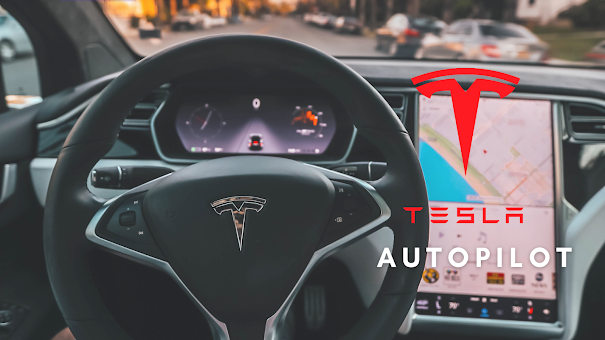
Conclusion
The AI models of 2024 showcase remarkable advancements across various domains, from NLP and ethical AI to multimodal integration and generative art. As these technologies continue to evolve, they promise to unlock new opportunities and challenges, shaping the future of how we interact with AI. The focus on scalability, safety, and versatility ensures that these models not only push technological boundaries but also consider the ethical and practical implications of their use.
